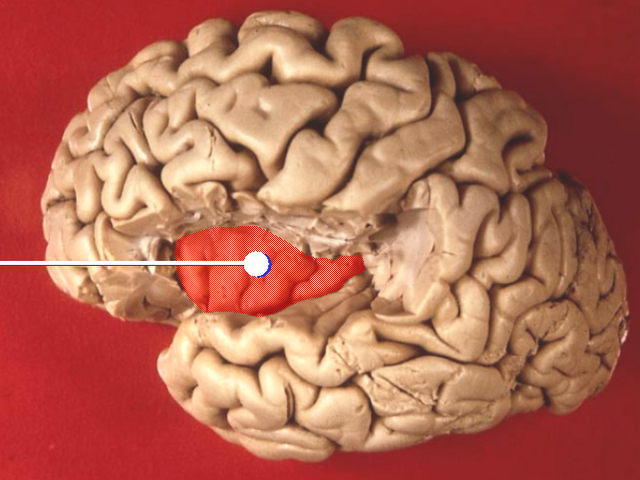In the fast-paced digital age, where our minds are constantly bombarded with information and stimuli, finding ways to enhance cognitive function has become crucial. One innovative approach gaining momentum is the harnessing of creativity to stimulate brain function. This article delves into the profound connection between creativity and cognitive well-being, exploring how fostering creativity can positively impact our brains.
Unleashing Creativity: A Gateway to Cognitive Enhancement
The Neuroscientific Link
Neuroscience research has unveiled the intricate relationship between creativity and brain function. When we engage in creative activities, various regions of the brain, such as the prefrontal cortex and hippocampus, light up. These areas are associated with cognitive processes like memory, problem-solving, and emotional regulation. By actively participating in creative endeavors, we activate and strengthen these neural pathways, contributing to overall cognitive enhancement.
Breaking the Routine: Creativity as a Catalyst for Neuroplasticity
The brain’s ability to reorganize itself, known as neuroplasticity, is a fundamental aspect of cognitive health. Routine and monotony can hinder neuroplasticity, leading to cognitive stagnation. However, introducing creative practices disrupts these patterns, encouraging the brain to adapt and grow. Whether it’s through painting, writing, or problem-solving exercises, engaging in creative pursuits fosters neuroplasticity, ultimately boosting brain function.
Practical Strategies for Infusing Creativity into Daily Life
Embracing Artistic Expression
Art, in its various forms, serves as a powerful medium for fostering creativity. Whether it’s painting, drawing, or sculpting, engaging in artistic expression allows individuals to tap into their imagination and enhance cognitive flexibility. Setting aside time for creative pursuits like these can significantly contribute to overall brain stimulation.
Problem-Solving Challenges
Challenging the mind with complex problems is another effective way to harness creativity for cognitive enhancement. Puzzles, riddles, and strategic games require creative thinking and problem-solving skills. Integrating these challenges into daily routines not only provides mental stimulation but also cultivates a proactive and creative mindset.
The Role of Creativity in Stress Reduction and Mental Well-being
Art Therapy and Stress Relief
Creativity has been widely recognized for its therapeutic effects on stress and mental well-being. Art therapy, in particular, offers a structured and expressive outlet for individuals to process emotions and reduce stress. Engaging in creative activities helps activate the brain’s reward system, releasing feel-good neurotransmitters like dopamine, thereby promoting relaxation and mental balance.
Mindfulness Through Creativity
Practicing mindfulness is another avenue through which creativity positively impacts mental health. Activities such as meditation and mindful writing not only enhance creativity but also cultivate a heightened sense of awareness. This mindful approach to creativity contributes to stress reduction and overall mental well-being.

Incorporating Creativity into Education and the Workplace
Redefining Learning Environments
Recognizing the profound impact of creativity on cognitive function, educators are redefining learning environments to encourage creative expression. Incorporating art, music, and other creative disciplines into the curriculum not only enhances academic performance but also nurtures well-rounded individuals with heightened cognitive abilities. For further help, tips, and advice about the best lions mane supplements in the UK, visit their page to learn more.
Fostering Innovation in the Workplace
In the professional realm, creativity is increasingly valued as a key driver of innovation. Companies are embracing workplace cultures that encourage creative thinking, recognizing its potential to solve complex problems and drive business success. From brainstorming sessions to design thinking workshops, fostering creativity in the workplace has become a strategic imperative.
Conclusion: Cultivating Creativity for Cognitive Flourishing
In conclusion, the symbiotic relationship between creativity and brain function offers a promising avenue for cognitive enhancement. By actively incorporating creative practices into our lives, we can stimulate neural pathways, foster neuroplasticity, and promote overall cognitive well-being. Whether through artistic expression, problem-solving challenges, or mindfulness, harnessing the power of creativity is a holistic approach to nurturing our most vital organ—the brain.










